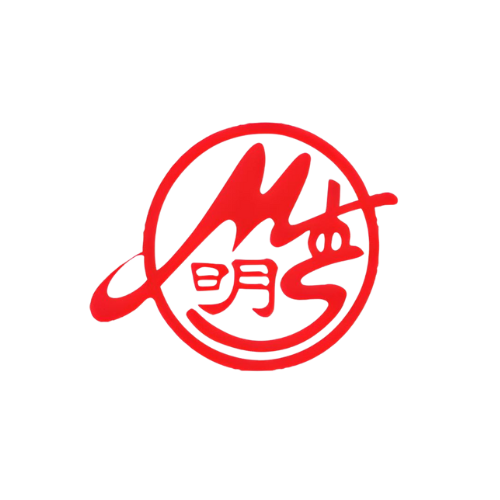
Pearls are one of nature’s finest gems, perfect spheres of shimmering luster and easy to recognize. It can however be confusing to understand why some pearls are more expensive than others, and what terms, such as freshwater, akoya and cultured actually mean and how many different types of pearls are there?
HOW MANY DIFFERENT TYPES OF PEARLS ARE THERE?
– The first main distinction is a ‘natural’ and a ‘cultured’ pearl’. A natural pearl is formed accidentally, without any human intervention. Natural pearls are very rare and therefore very expensive. Cultivation exploits the natural process, as a beadlike structure or shell particle is inserted to into the mollusc and forms the nucleus of the pearl. The layers of nacre wrap around the bead forming a beautiful round pearl, which after a period of time is carefully harvested by skilled workers. A Cultured Pearl is widely considered to be a real pearl, and an organic gemstone. Cultured pearls are still truly unique as the pearl farmer has no control over what each oyster/mussel will produce (only 5% of a harvest will be of the very best quality). A natural and a cultured pearl look the same from the outside to the untrained eye. They equal natural pearls in terms of beauty and are sustainable.
– The second main distinction is a ‘freshwater’ and a ‘saltwater’ pearl. Freshwater pearls grow in mussels living in slow moving rivers and lakes. Saltwater pearls grow in oysters living in protected ocean inlets.










Round/Semi-Round Pearls
Round pearls are the most valuable and often most desirable of all pearl shapes. Semi-round pearls are virtually round, and will appear round when strung together as a necklace or bracelet.

Drop
Drop pearls are symmetrically extended pearls that frequently take the form a tear-drop. Drop pearls are not only unique, but extremely valuable when found with the perfect “pear-shape.”

Button
Button-Shape Pearls will feature a flattened to slightly curved bottom with a domed top. Button-shape pearls are excellent for wearing as earrings – the flat bottoms are very comfortable on the ear lobe when used as pearl earrings.

Keshi
Keshi hasirregular shape, as they are as close to a natural pearl as you can get in a farmed environment. They are technically a bi-product of the culturing process, as they are formed through rare circumstances during pearl cultivation. The variation of Keshi is highly desirable to jewelers due to their unique shapes.

Circle Baroque
Circle-Baroque pearls are easily distinguished by their unique rings surrounding the pearl. Circle-Baroque shapes are most common in Tahitian and South Sea Pearls. These are generally the most affordable of all pearl-shapes.

Baroque
Baroque pearls are irregular in shape and at times elongated. Many people love the distinct “character” of baroque-shape pearls. These pearls are frequently found in designer jewelry pieces

MENG SENG PEARLS